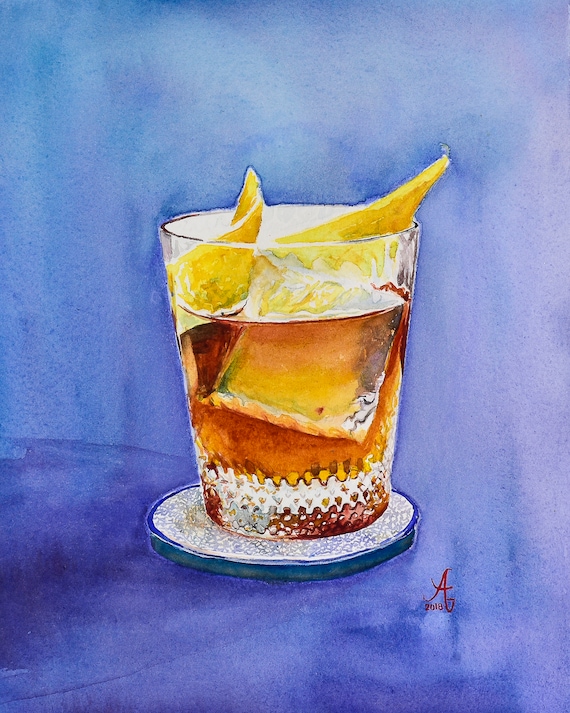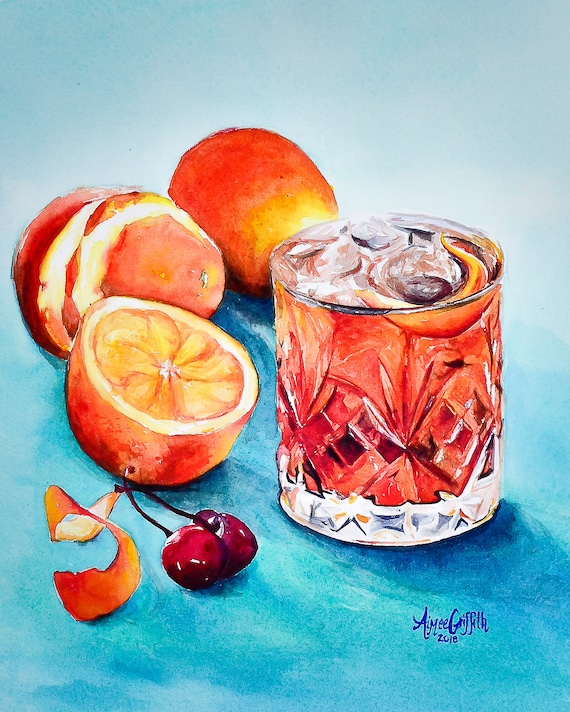Whiskey Art as a Statement: How It Enhances Home Decoration
Whiskey Art as a Statement: How It Enhances Home Decoration
Blog Article
The Significance of Whiskey Art in Celebrating Heritage and Workmanship in the Beverage Industry
The elaborate partnership in between whiskey art and the party of heritage and craftsmanship within the drink market can not be overemphasized. With thoughtfully made labels and containers, scotch brand names encapsulate their historic roots and the artisanal skills that define their manufacturing approaches.
The Historical Origins of Whiskey
At the heart of whiskey's allure lies an abundant tapestry of historical roots that trace back to ancient people. The origins of scotch can be linked to the purification techniques of the Sumerians and Babylonians around 2000 BCE, where early types of fermented grain drinks began to arise. It was in the Middle Ages that the art of distillation developed significantly, particularly in Ireland and Scotland, leading to the development of bourbon as we know it today.
The term "whiskey" itself originates from the Gaelic word "uisce beatha," suggesting "water of life." This expression underscores the cultural relevance of whiskey in Celtic societies, where it was commonly connected with rituals, celebrations, and common bonding. By the 15th century, distillation ended up being an identified craft within reclusive areas, leading the means for the establishment of legal distilleries.
As trade routes expanded, whiskey's popularity grew, transcending local borders and recording the passion of aficionados worldwide. Bourbon Art. This historical trip mirrors not just the workmanship behind whiskey production but also its essential function in social and cultural contexts, marking it as a significant drink throughout background
Artistic Expression in Branding
Whiskey branding stands as a compelling crossway of virtuosity and business, where aesthetic identity plays a vital function in shaping customer assumption. The aesthetics of whiskey tags, product packaging, and advertising materials reflect not just the brand name's story however likewise its core values and heritage. Through imaginative expression, distilleries share a narrative that resonates with customers, stimulating emotions and triggering links.
Using color, typography, and images in branding serves to differentiate items in a saturated market. For instance, typical concepts might evoke a feeling of authenticity and workmanship, while modern styles can signify development and forward-thinking. This tactical imaginative direction improves brand name acknowledgment and loyalty, enabling customers to forge an individual partnership with the whiskey they select.
Moreover, creative expression in branding usually functions as a celebration of local heritage. Distilleries regularly include local signs or historic referrals into their styles, developing a sense of area that welcomes customers to partake in a wider cultural experience. Ultimately, the virtuosity behind scotch branding not only improves visual appeal but likewise enhances the overall narrative of the brand, fostering a much deeper recognition for the workmanship and heritage embedded in each bottle.
Craftsmanship in Bottle Style
The creativity apparent in bourbon branding expands past aesthetic identification to encompass the craftsmanship associated with bottle design. Each bottle works as a vessel not simply for the spirit within, yet additionally for the tale it outlines its quality, tradition, and beginning. The layout procedure requires thorough interest to detail, as aspects such as shape, material, and closure add dramatically to the total understanding of the scotch.
Craftsmanship in bottle design involves picking high-grade glass that can improve the scotch's color and quality, while likewise offering a responsive experience for the consumer. The silhouette of the bottle have to be both cosmetically attractive and functional, usually showing the heritage of the brand. Several distilleries select distinct forms or embossed logo designs that evoke a sense of credibility and history.
In addition, the label layout and typography play a vital role in connecting the brand's story. Limited Edition. A well-crafted bottle not just captivates the customer's eye but likewise reinforces the brand's dedication to high quality and tradition. By doing this, the craftsmanship of container design ends up being an essential aspect of the bourbon experience, merging virtuosity with a profound respect for heritage
Social Importance of Bourbon Art
Celebrating custom and workmanship, the cultural importance of bourbon art goes beyond simple visual appeals, linking with the social and historical stories of the areas from which it comes from. Each container functions as a canvas, portraying the one-of-a-kind stories, folklore, and practices that have actually formed regional whiskey-making techniques. The detailed designs typically mirror the heritage of the distillers, integrating symbols and themes that reverberate with the moved here culture and values of their areas.

On top of that, scotch art plays a vital function in public events and parties, working as a concrete web link between people and their shared experiences. By valuing the artistry in bourbon packaging, customers Look At This grow a deeper understanding and respect for the craft, eventually improving their enjoyment of the drink itself.
Modern Trends in Bourbon Presentation
In the last few years, the discussion of bourbon has progressed to mirror contemporary tastes and patterns while still recognizing traditional craftsmanship - Limited Edition. Distilleries are significantly concentrating on aesthetic elements that improve the total drinking experience, connecting the space in between heritage and modernity
Cutting-edge container layouts have emerged, typically integrating lasting products and artistic labels that tell compelling stories. Numerous brands now work together with regional musicians, instilling their items with Limited Edition special aesthetic expressions that reverberate with customers. In addition, limited-edition launches are usually packaged in collectible containers, including worth and allure for aficionados.

Final Thought
To conclude, whiskey art acts as a crucial avenue for sharing the heritage and workmanship inherent in the beverage market. With complex branding, cutting-edge container layouts, and culturally considerable imaginative elements, whiskey brands effectively honor their traditions and connect with consumers. This artistic narrative not only elevates the appreciation of whiskey however likewise strengthens neighborhood identity and pride among producers. Ultimately, bourbon art plays an essential role in preserving and celebrating the abundant social tapestry of whiskey-making.


Workmanship in bottle design entails choosing top quality glass that can enhance the bourbon's color and clarity, while additionally offering a responsive experience for the customer. In this method, the craftsmanship of container design ends up being an important facet of the scotch experience, merging virtuosity with a profound respect for heritage.
In verdict, scotch art serves as an essential channel for sharing the heritage and workmanship inherent in the drink industry.
Report this page